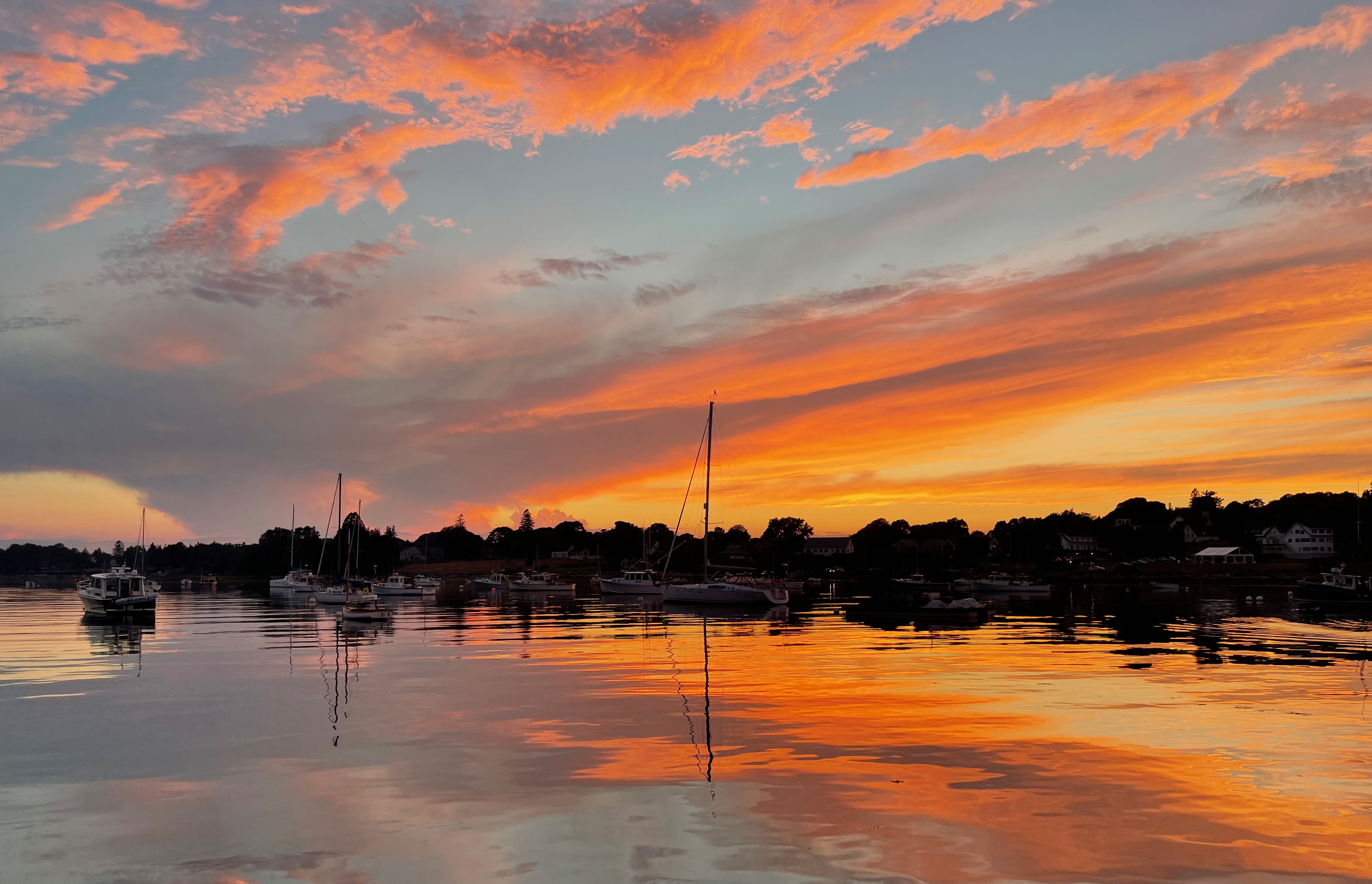Camaraderie... Good Shipmates... The Corinthians Way!


- © 2025 The Corinthians 0



Lobster Pots
&
Safe Maneuvering








August, 2021; Onward's Fouled Prop - due to lobster pot encounters: 2 fouled lines on prop & shaft; broken Spurs cutter; dented prop leading edges.